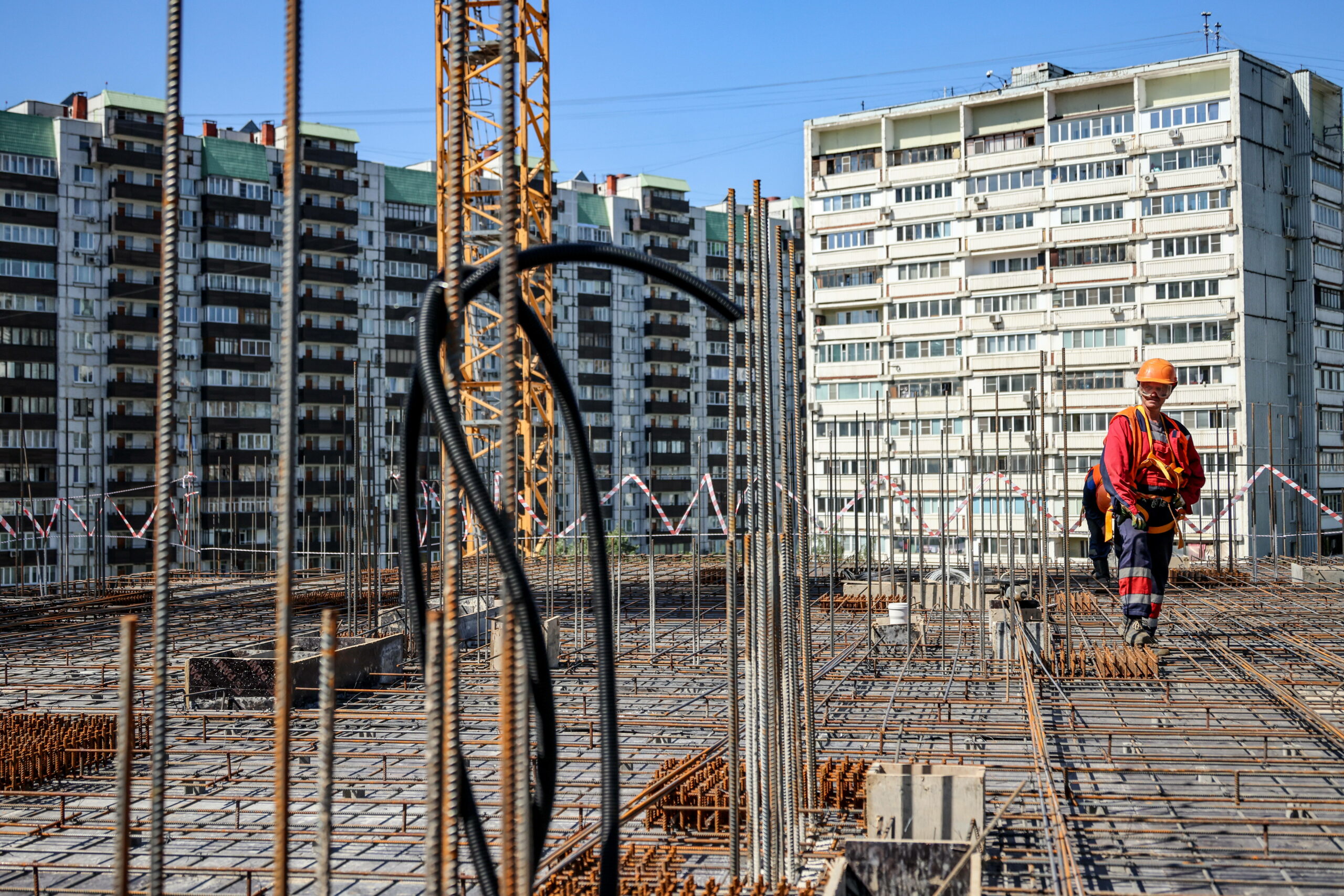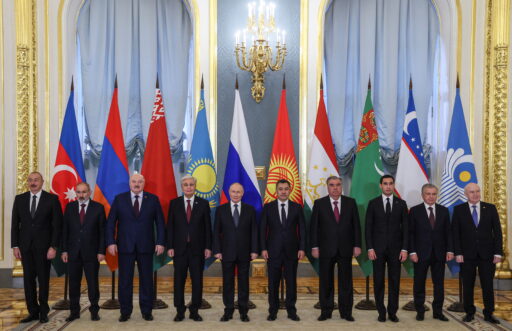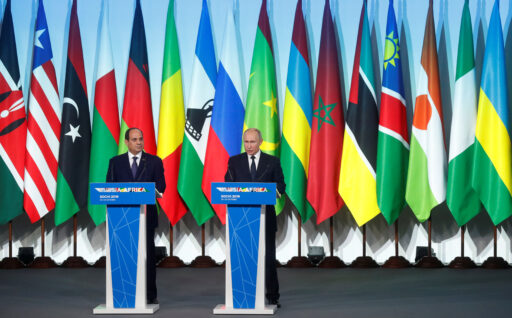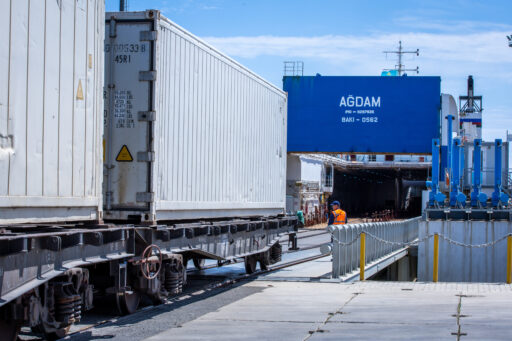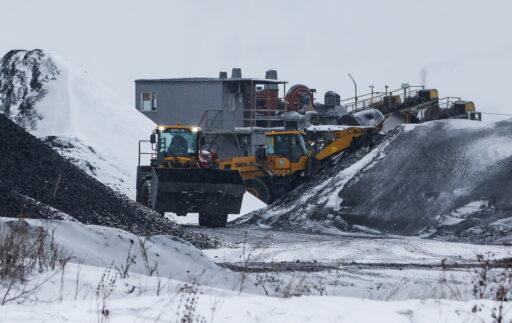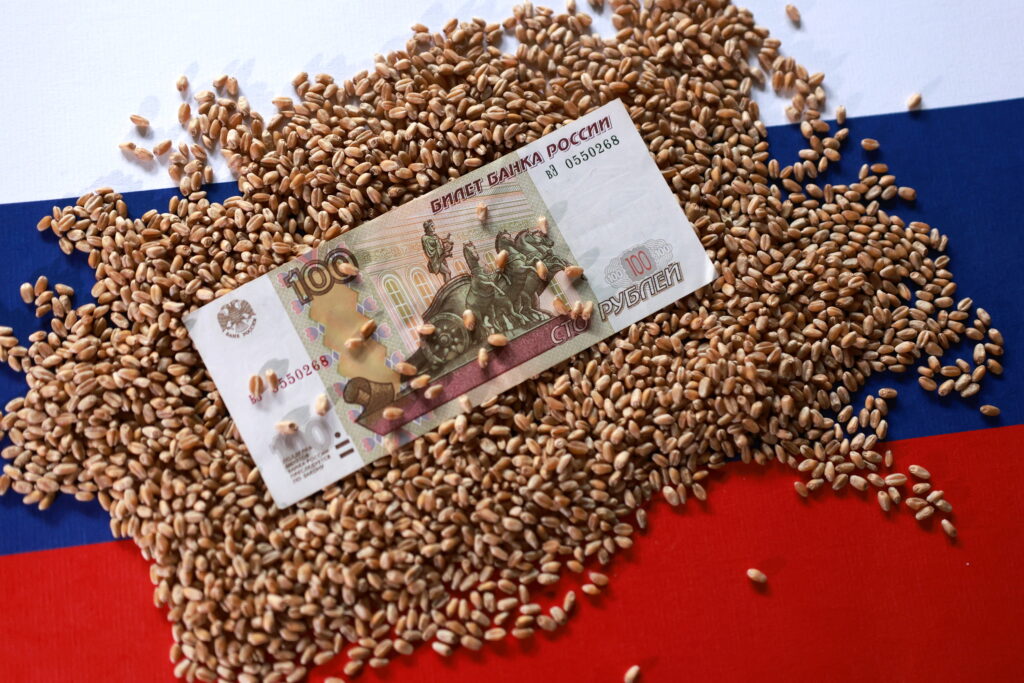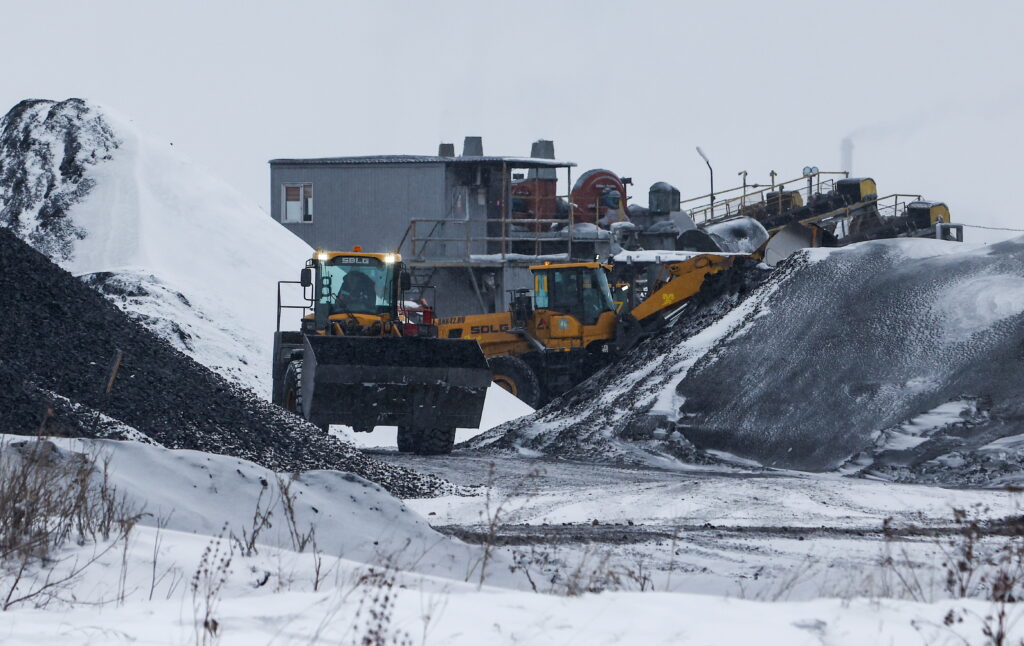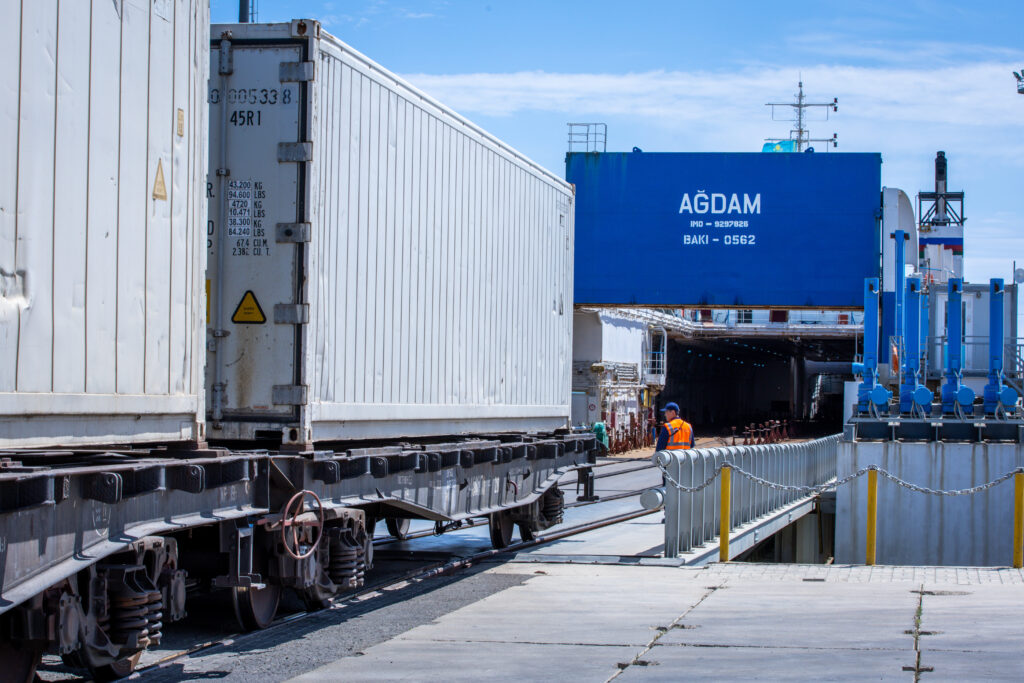In early July 2025, a year passed since the end of Russia’s subsidized mortgage program, which many expected would trigger a massive crisis in the construction industry due to a sharp drop in housing demand and a subsequent collapse in prices. However, these pessimistic forecasts did not materialize: instead of the anticipated 10−20% price decline, the housing market showed resilience. Nationwide, prices in rubles rose by 6−9% on average, remained stable in some regions, and in Moscow, growth exceeded 12%, a trend likely to continue in the second half of 2025. This occurred despite extremely high market mortgage rates exceeding 25% and a clear decline in demand (down 20−50% across most regional markets in the first half of 2025).
Recently, Russia’s housing construction sector has seen a growing gap between supply and demand, especially in regional markets. Statistics for the first half of 2025 show a 26% drop in primary market housing purchases (to 10.4 million sq. m nationwide) while supply grew by 12% (to 22 million sq. m). Despite this imbalance, the market has avoided crisis consequences. The share of unsold housing rose from 64% to 68% over 12 months, but capital regions have managed: in Moscow and St. Petersburg, the «exposure volume» in under-construction residential buildings decreased by 5−6%, with discounts not exceeding 4%. In cities with populations over 500,000, supply grew by over 40%, and in smaller cities, by nearly 64.5%.
Rising prices are not a lifeline for builders, as they stem primarily from increased material costs, higher wages, and the burden of servicing debt under tougher conditions. Housing construction fell by 2.4% in January-June 2025 (and by 22% in June compared to June 2024, the peak period), but this seems manageable compared to a 38% drop in commercial real estate investments. With developers launching 20−22% fewer projects this summer than last year, housing construction may have reached its bottom, poised for recovery by winter as banks lower rates, buyers resume purchases, a weaker ruble encourages buying, and authorities likely reintroduce «relatively subsidized» loan programs (though this is not certain).
To assess whether the construction sector could trigger an economic crisis in Russia, we must analyze its scale, condition in 2023−2024, and near-term prospects.
Construction is a critical industry, not only providing housing, industrial facilities, and infrastructure but also employing 6.8 million people in 2024 (second only to trade) and driving demand for key resources (consuming 50−56% of Russia’s ferrous metallurgy products, compared to 6−7% for the military-industrial complex). A downturn affects related industries—Severstal’s chairman, Alexey Mordashov, noted metallurgy’s crisis partly due to weak construction demand, uncompensated by defense orders. The sector saw rapid growth from 2020, fueled by mortgage programs. Housing construction volumes rose over 42% from 2020−2024, with mortgage debt surging 2.5 times to over 19.2 trillion rubles (compared to a 9.8 trillion ruble defense budget increase). Subsidizing bank rates will cost the 2025 federal budget at least 2 trillion rubles. Commercial property, while less dynamic, saw significant investment in 2023−2024 due to Western companies’ exit, boosting demand for retail, logistics, and tourism facilities. Expected 2025 investments of 600 billion rubles, though lower than 2024, are nearly double the 2016−2022 average.
The construction sector in Russia has faced significant challenges over the past 12 months, but these are not existential threats. The primary issue remains an oversupply of properties, formed between 2022 and 2024, driven partly by subsidized mortgages and partly by changing trade dynamics that necessitated new logistics and warehouse facilities in the eastern regions. In 2025−2026, no major market shifts are expected, and the sector’s main task is to sell existing properties at reasonable prices over the next couple of years without becoming overly indebted to banks. Most construction firms now compete with financiers, as many deals involve long-term payment plans. While competition has intensified, forcing many small and medium-sized players out, large-scale bankruptcies or distressed asset sales have been avoided. Crucially, a sharp price drop due to panic sales of «investment» properties (estimated at 20−30% of the Moscow market in 2021−2022) has been prevented, with this overhang likely overestimated and gradually shrinking. This occurred alongside a threefold drop in bank-financed deals (from 65−70% to 18−25%), indicating the market is more resilient than anticipated. Thus, the construction sector is not a significant risk to Russia’s economy, with little chance of triggering panic sales, bankruptcies, or asset revaluations.
More severe challenges face companies focused on infrastructure or road construction. While 2023 and early 2024 saw robust funding for such projects from federal and regional budgets, the situation has worsened since last summer. These firms traditionally relied on future contract financing, but authorities have largely stopped adjusting payments for inflation, and borrowing has become too costly. Road construction now leads in wage delays, with nearly half of the sector’s companies reporting a «pre-bankruptcy» state. The Kremlin maintains a facade that «everything is on track,» citing major projects like the perpetually delayed Moscow-St. Petersburg high-speed railway, but such initiatives are unlikely to materialize. Discussions about revising the «family mortgage» program or expanding its use (currently involved in 15−20% of deals despite the rollback of most related programs) persist, but hopes are slim given the Central Bank’s stance and growing budget deficit concerns. Talks of cutting infrastructure spending due to budget adjustments are also gaining traction. Amid a focus on war-related needs, construction firms are increasingly eyeing projects in occupied Ukrainian territories, where Moscow plans to build or restore about 20 million square meters of housing, plus roads, bridges, and industrial facilities. Political or ethical concerns are unlikely to deter Russian businesses from participating.
In the 2020s, Russia’s construction sector has repeatedly been shaped by government policy. Initial attempts to implement an «affordable housing» program through mortgages only inflated primary market prices, overexpanded the sector, and led to significant costs for interest rate subsidies. Authorities then largely stepped back, leaving the market to fend for itself while offering limited support, mainly through projects in occupied territories and select infrastructure initiatives. Russia’s construction sector is unique because citizens view housing not just as an investment but as a core asset, resulting in a low mortgage delinquency rate (0.67% in Russia vs. over 4% in the U. S.). This mindset, combined with persistent shortages of housing, logistics, and retail spaces, ensures that prices remain relatively stable, as owners are reluctant to sell cheaply on either the primary or secondary markets. Despite downturns, the sector is poised to recover due to ongoing demand.
